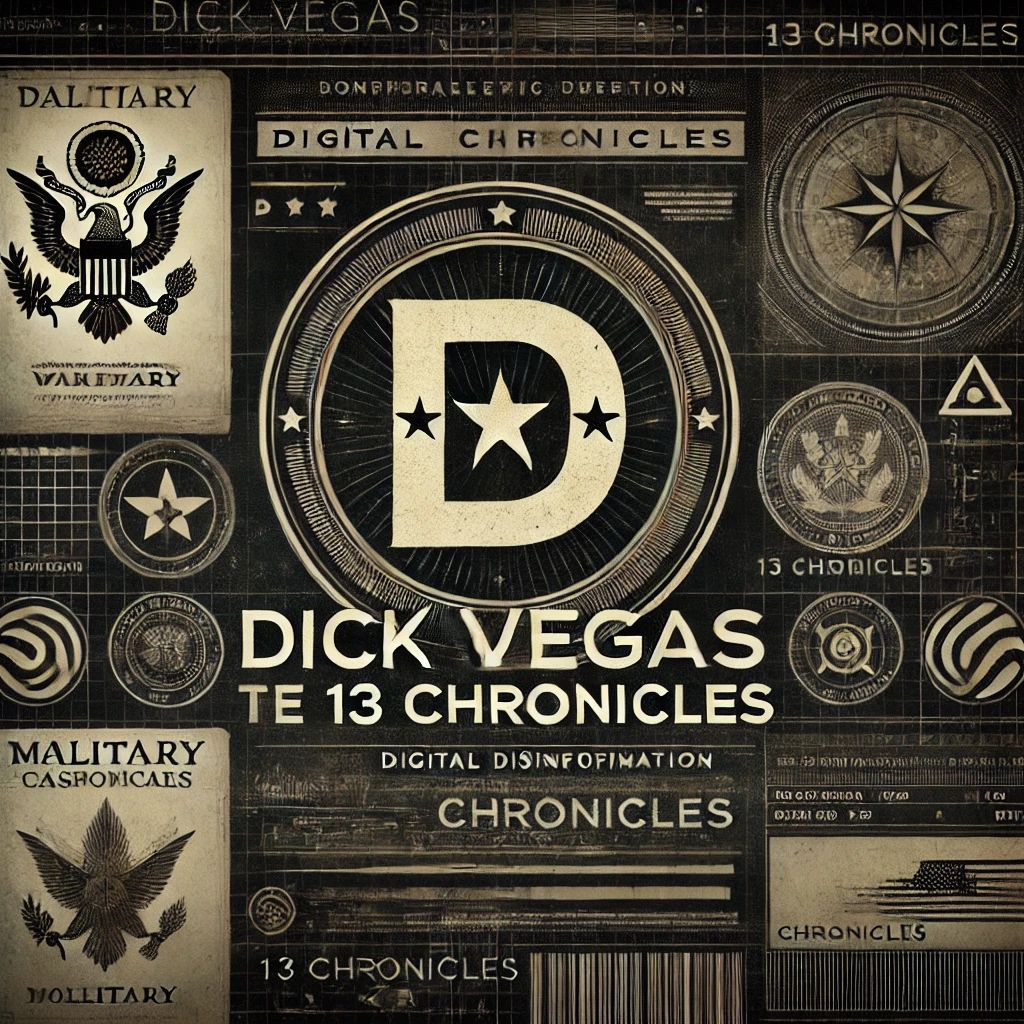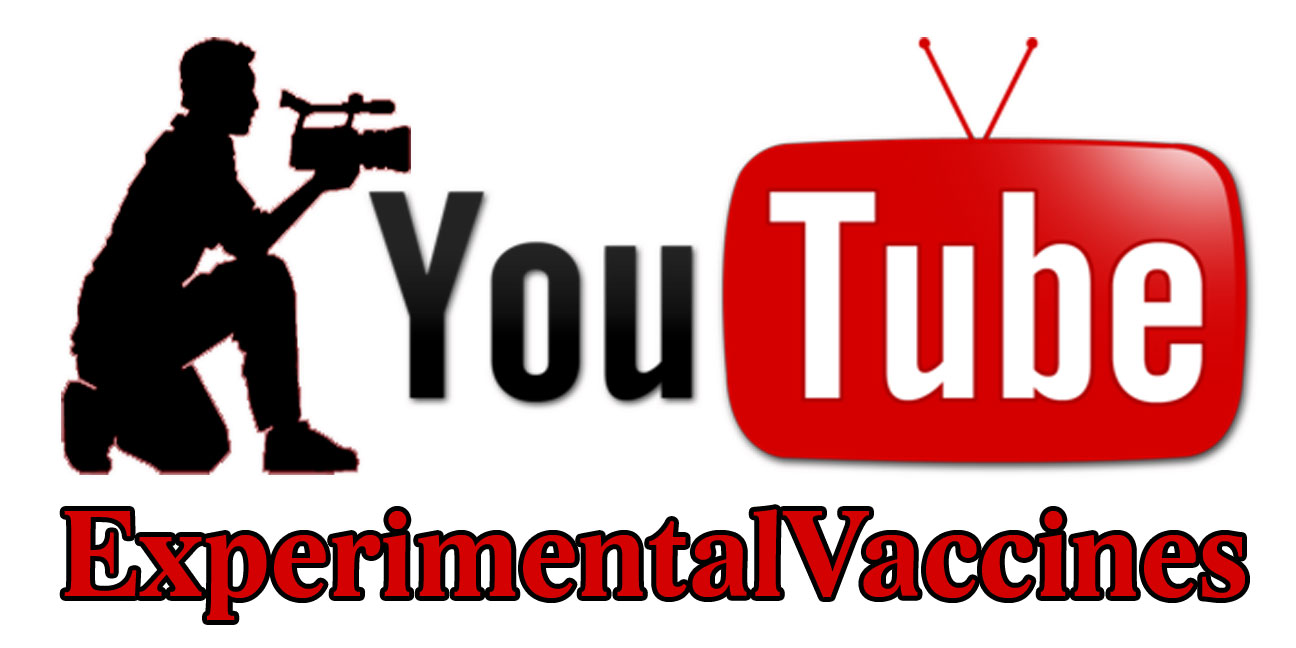
DoD’s Anti-Vax Operation in the Philippines 🛑
The U.S. Department of Defense (DoD) has been caught in a web of deception, targeting countries like the Philippines with anti-vaccine propaganda. This scandal, uncovered by Reuters and further chronicled by FAIR, reveals a disturbing narrative. Why would the U.S. military, amidst a global pandemic, engage in such clandestine operations? 🌍🔍
The Dark Roots of the Operation 🌑
It all started in the spring of 2020, as the elite U.S. military unit in Tampa, Florida, commenced an anti-vax program aimed at instilling fear, uncertainty, and doubt (FUD) in the Philippines and other nations in the Middle East. According to Reuters, the operation employed fake social media profiles to spread disinformation about China’s Sinovac vaccine and other pandemic countermeasures. A senior U.S. military officer admitted, “We didn’t do a good job sharing vaccines with partners… So, what was left to us was to throw shade on China’s.” (FAIR).
Psychological Warfare Unleashed 🧠
The DoD’s psychological warfare unit, utilizing both military and private contractor assets like General Dynamics IT, executed this operation with precision. The goal was to undermine China’s pandemic relief efforts and discredit their vaccines. As detailed by FAIR, this effort was not driven by public health concerns but by a desire to smear China. TrialSite reported, “We were looking at how we could drag China through the mud” (TrialSite News). The repercussions of such an operation are profound, raising questions about the ethics and legality of using pandemic disinformation as a geopolitical tool.
The Silence of the Media 📵
Despite the gravity of this scandal, mainstream media outlets like The Wall Street Journal, Washington Post, CNN, and MSNBC have remained conspicuously silent. Why has this story not gained traction? According to FAIR, this silence reflects the media’s deference to corporate and state power dynamics. Even the alternative media, known for its critical stance on COVID-19 issues, has largely ignored this story. One source in the anti-vax community shockingly stated, “They [U.S. military] did a favor for those countries [e.g., Philippines]” (FAIR).
A Pattern of Deception 🎭
This isn’t the first time U.S. intelligence has used vaccine programs as a cover. During the hunt for Osama bin Laden, the CIA used a sham hepatitis B vaccination project to collect DNA in Pakistan (Scientific American). The DoD’s anti-vax operation is a continuation of this deceptive legacy. As we delve deeper into this conspiracy, we must ask ourselves: are we witnessing the manipulation of a global crisis for power and profit? The truth, as FAIR concludes, is that corporate media’s utter fear and deference to entangled corporate and state power dynamics keep these stories buried.
For more insights, follow the hyperlinks embedded in this article:

Here are six articles that delve into the U.S. Department of Defense’s anti-vaccine propaganda program targeting the Philippines, complete with full hyperlinks:
- Pentagon Ran Secret Anti-Vax Campaign to Incite Fear of China Vaccines – Read more here: https://www.reuters.com/investigates/special-report/health-coronavirus-vaccines-disinformation/
- The Pentagon’s Antivaccine Propaganda Endangered Public Health – Read more here: https://www.scientificamerican.com/article/the-pentagons-antivaccine-propaganda-campaign/
- Pentagon Stands by Secret Anti-Vaccination Disinformation Campaign – Read more here: https://news.yahoo.com/pentagon-stands-by-secret-anti-vaccination-disinformation-campaign-130000602.html
- Report on Pentagon ‘Secret Anti-Vax Campaign’ Targeting PH ‘Deserves to be Investigated’ – Read more here: https://news.abs-cbn.com/news/06/16/24/report-on-pentagon-secret-anti-vax-campaign-targeting-ph-deserves-to-be-investigated
- Lawmakers in Philippines Push for Probe into Pentagon’s Anti-Vax Propaganda Operation – Read more here: https://www.malaymail.com/news/world/2024/06/21/lawmakers-in-philippines-push-for-probe-into-pentagons-anti-vax-propaganda-operation/743001
- US Military Launched a Secret Anti-Vax Campaign in the Philippines—Here’s What We Know – Read more here: https://phys.org/news/2024-06-military-secret-anti-vax-campaign.html
- FluGen Deleting Genes And Replacing Them With Live Viruses The New Vaccines 💉🦠M2SR Flu Vaccine: A Trojan Horse in the Fight Against the Flu, Or Another Trap by Big Pharma? Welcome, truth seekers! Today, we’re diving into the latest so-called “miracle” by FluGen—the M2 Deleted Single Replication Live […] ↓ Read the rest of this entry…

